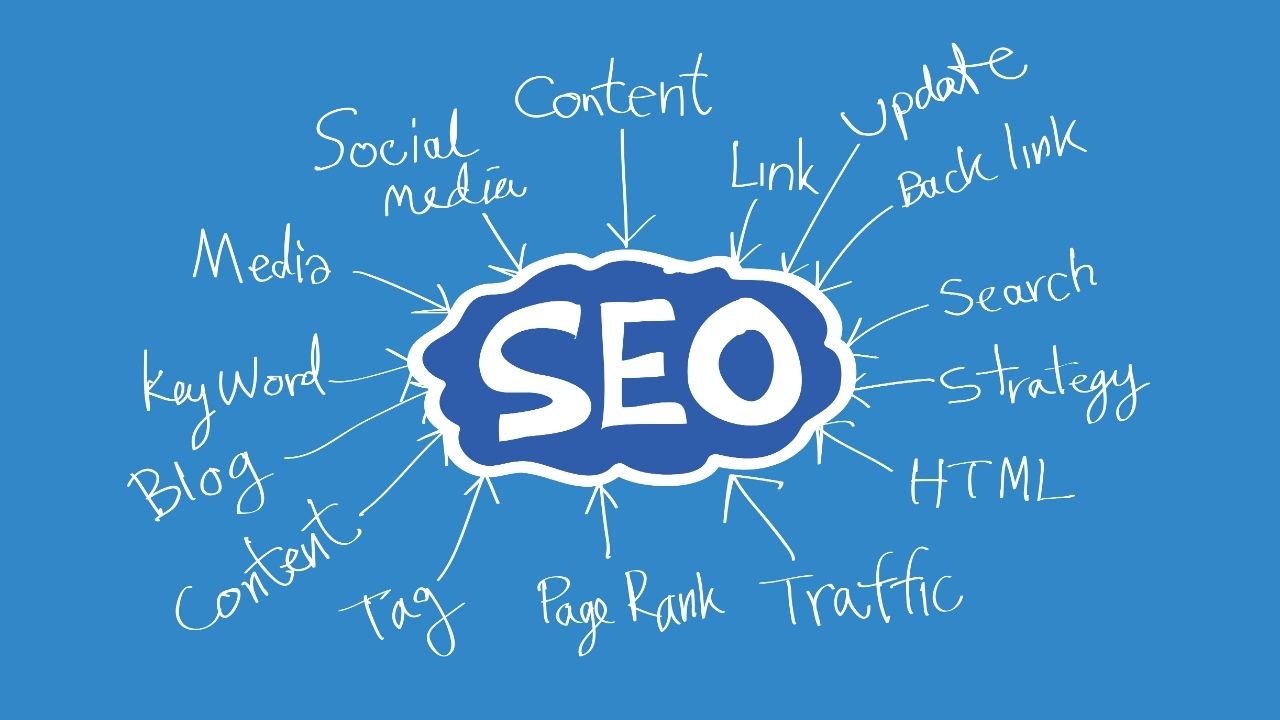Comprehending the Function of Individual Experience in Modern SEO Practices
In an era where electronic presence can make or break a service, comprehending the intersection in between user experience (UX) and modern-day SEO techniques is a lot more essential than ever before. As online search engine develop, they progressively prioritize websites that provide seamless, interesting experiences to customers. Components such as site rate, mobile-friendliness, and intuitive navigating are no more simple improvements; they are essential to SEO success. Yet, just how do these components exactly influence search positions? And exactly how can businesses guarantee their digital material not just meets however goes beyond progressing expectations? These inquiries form the backbone of a crucial discussion.
The Evolution of Search Engine Optimization
Throughout the years, the landscape of search engine optimization (SEO) has actually undergone significant change, mirroring the vibrant nature of electronic technology and user habits. Initially, SEO was primarily concerning keyword stuffing and link-building techniques, concentrating heavily on manipulating search engine formulas to improve site positions. Nevertheless, as search engines came to be more sophisticated, these tactics started to lose effectiveness and importance.

Furthermore, mobile optimization and voice search have come to be important components of SEO approaches. With the expansion of smartphones, ensuring sites are mobile-friendly has ended up being a need. Voice search, driven by online aides like Siri and Alexa, has better shifted search engine optimization practices towards all-natural language processing and conversational material.
Basically, the evolution of search engine optimization reflects a wider fad in the direction of enhancing individual contentment by straightening electronic content with the nuanced expectations of modern customers.
Key UX Aspects in SEO
In the world of search engine optimization, vital customer experience (UX) aspects are critical for boosting both customer contentment and search engine positions. Internet sites maximized for mobile usage not just cultivate a seamless user experience however likewise align with Google's mobile-first indexing approach.
Clear call-to-action (CTA) buttons assist customers in the direction of desired actions, enhancing conversion prices. Accessibility can not be neglected; making sure that content is easily accessible to customers with impairments broadens reach and complies with web standards. Integrating these UX elements efficiently supports SEO efforts by advertising customer retention and promoting search engine understanding of website web content.
Influence of Website Rate
While often undervalued, the effect of site rate on individual experience and SEO can not be overemphasized. A slow-loading site can lead to increased bounce prices, as users are most likely to abandon a site if it takes even more than a few secs to load.
Moreover, site speed straight affects conversion prices and customer contentment. By dealing with these technical aspects, web sites can improve their rate, therefore boosting user experience and increasing their Search engine optimization efficiency. Inevitably, investing in website rate is spending in both client complete satisfaction and search engine visibility, crucial components in the digital industry.
Mobile-Friendliness Value
Adjusting to mobile-friendliness has ended up being a crucial element of efficient search engine optimization practices. As mobile gadgets progressively dominate internet usage, search engines like Google have actually changed in the direction of mobile-first indexing, suggesting the mobile variation of a web site is prioritized in ranking algorithms (seo adelaide). Mobile-friendliness is not just a pattern but a need in maximizing a website's internet search engine performance

As users usually browse for neighborhood information on-the-go, having a mobile-optimized website improves visibility in neighborhood search outcomes, driving foot website traffic and Visit This Link conversions for businesses. Sites that fail to prioritize mobile-friendliness threat losing out on valuable website traffic, as customers are much less likely to engage with sites that are tough to navigate on their mobile devices.
Enhancing Navigation for SEO
As services acknowledge the need of mobile-friendliness discover here in search engine optimization, another critical element arises: boosting navigating - seo adelaide. Effective navigation is vital as it directly influences user experience (UX), which browse engines increasingly focus on. A well-structured website ensures that customers can conveniently locate the web content they are looking for, decreasing bounce rates and raising dwell time, both of which are crucial SEO metrics
To improve navigating, internet sites must adopt a rational power structure that guides customers flawlessly with content. This consists of clear, concise menu labels and an intuitive design, which collectively streamline the user journey. Using breadcrumb routes can even more help customers in comprehending their area within a site, fostering a sense of orientation and control.
Ensuring navigating is responsive throughout tools guarantees that customers delight in a constant experience, crucial in today's multi-device world. Ultimately, improving navigating is not just concerning aesthetic appeals; it is a strategic method to maximizing both user involvement and search engine efficiency.
Final Thought
Including user experience into modern SEO techniques is critical for maximizing search engine rankings and improving site performance. As search engines focus on user intent, important aspects such as website rate, mobile-friendliness, and intuitive navigating play a crucial function in meeting user assumptions.
In the world of search engine optimization, vital customer experience (UX) components are useful site critical for boosting both customer satisfaction and search engine rankings. Incorporating these UX elements successfully supports Search engine optimization efforts by promoting customer retention and promoting search engine understanding of site web content.
As customers typically search for local info on-the-go, having a mobile-optimized site enhances presence in regional search outcomes, driving foot website traffic and conversions for services.Integrating customer experience right into modern-day Search engine optimization techniques is vital for maximizing search engine positions and improving internet site efficiency. As search engines prioritize individual intent, important aspects such as site rate, mobile-friendliness, and user-friendly navigation play an essential role in meeting individual expectations.